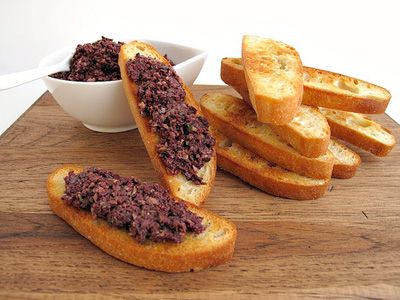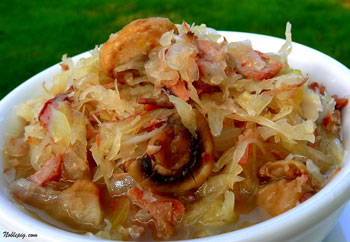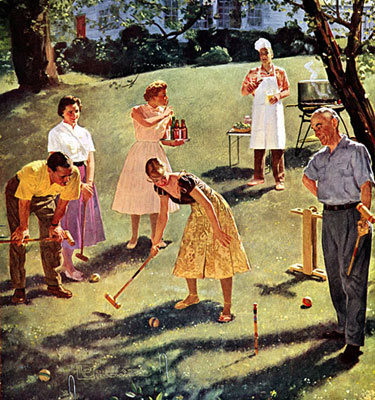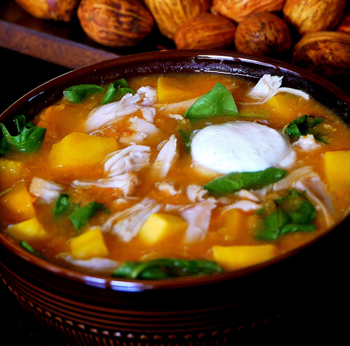 There is something indulgent about starting the day with a cup of rich dark coffee, (no cream or sugar, thank you), and a big, warm, moist scone that is loaded with dried apricots and a generous amount of big chunks of nuts and maybe, sometimes, still-soft morsels of dark chocolate that melt on the tongue with each bite.
There is something indulgent about starting the day with a cup of rich dark coffee, (no cream or sugar, thank you), and a big, warm, moist scone that is loaded with dried apricots and a generous amount of big chunks of nuts and maybe, sometimes, still-soft morsels of dark chocolate that melt on the tongue with each bite.
But, the coffee must be aromatic and wonderful. These days, my morning coffee is French press. And the scone, well, it can’t be just any old scone.
The scones I eat must be my own homemade variety. Yes, they are full of fat. That’s why they are pure indulgence. And, that’s why I make them only as a special treat once in a while. But, it is the fat that makes them so moist and flavorful.

 Modern entertaining is all about having fun with your guests while enjoying the food. It's not about being chained to the stove, never being allowed to mingle for a moment. For cocktail parties, especially around holiday time, I'm always looking for recipes that can be prepared in advance or put together in just minutes on the same day of the get-together. Plus I plan around using some store-bought items, like cheese, prosciutto, or olives.
Modern entertaining is all about having fun with your guests while enjoying the food. It's not about being chained to the stove, never being allowed to mingle for a moment. For cocktail parties, especially around holiday time, I'm always looking for recipes that can be prepared in advance or put together in just minutes on the same day of the get-together. Plus I plan around using some store-bought items, like cheese, prosciutto, or olives. Now that we’re in the peak of apple picking season, I realized that I never posted a basic apple pie recipe. Some people find making pies a daunting task. There are stories, mostly said in hushed tones, about my mother throwing more than a few pie crusts against the wall.
Now that we’re in the peak of apple picking season, I realized that I never posted a basic apple pie recipe. Some people find making pies a daunting task. There are stories, mostly said in hushed tones, about my mother throwing more than a few pie crusts against the wall. As a kid, I always wondered why we never celebrated Halloween. Only as an adult did I come to realize that it's really just an American holiday. So, I thought to myself, when do Hungarian kids get a chance to dress up and be whomever they wish to be for one day? The answer is Carnival. I never got dressed up for the holiday, but in Hungary my little nephews always did for school. But never mind all those Mardi Gras celebrations, for me, the best part about Carnival are the doughnuts. Crispy, fluffy, and airy doughnuts!
As a kid, I always wondered why we never celebrated Halloween. Only as an adult did I come to realize that it's really just an American holiday. So, I thought to myself, when do Hungarian kids get a chance to dress up and be whomever they wish to be for one day? The answer is Carnival. I never got dressed up for the holiday, but in Hungary my little nephews always did for school. But never mind all those Mardi Gras celebrations, for me, the best part about Carnival are the doughnuts. Crispy, fluffy, and airy doughnuts! My Dad was crazy about this; it's what I recall him craving the most. He always happily obliged my mother as chief taster when she was in the kitchen trying to get the flavors just right.
My Dad was crazy about this; it's what I recall him craving the most. He always happily obliged my mother as chief taster when she was in the kitchen trying to get the flavors just right.
